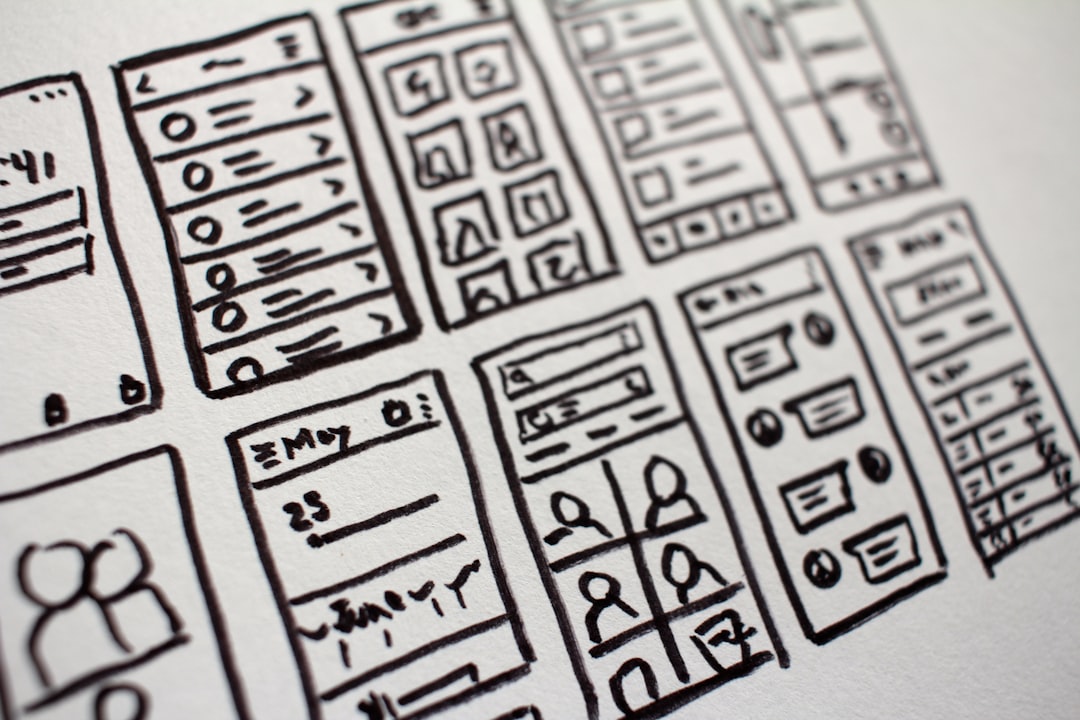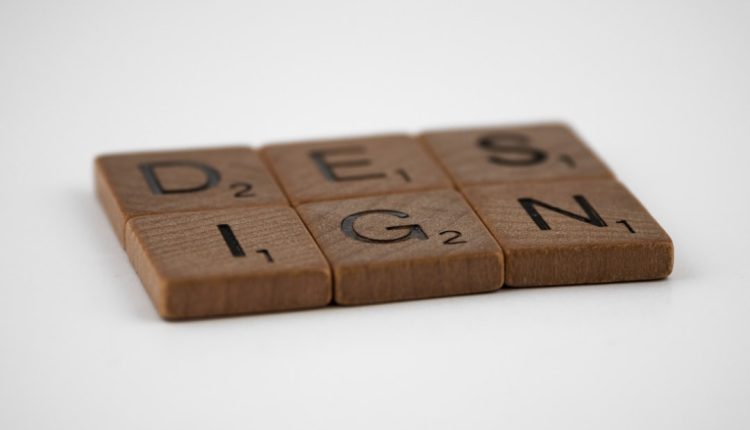In an era where branding is more important than ever, creating a logo that remains relevant across decades is a daunting endeavor. With design trends shifting year after year, many brands fall into the trap of redesigning frequently, resulting in lost recognition and inconsistency. However, Artificial Intelligence (AI) is emerging as a powerful tool that can assist in designing logos that are not only aesthetically appealing but also stand the test of time.
Timeless logos share several characteristics: simplicity, versatility, and a strong conceptual foundation. These elements often require a deep understanding of design theory and audience psychology. By incorporating AI into the design process, creators can access advanced tools and datasets that help achieve these timeless qualities in ways that manual methods alone cannot.
1. Data-Driven Insights for Design Foundations
Table of Contents
One of the most compelling ways AI helps in logo design is by offering data-driven insights. Traditional logo design has relied heavily on human intuition and experience, which can be subjective. AI, on the other hand, can analyze vast collections of logos — from classic brands to failed startup marks — to identify patterns and common attributes among logos that have endured over time.
Through machine learning algorithms, AI can evaluate elements such as font styles, geometric shapes, and color combinations that correlate with long-term brand success. This analysis helps designers make informed decisions rather than relying on fleeting trends or personal preference.

2. Elimination of Trend Dependency
Modern AI tools are capable of flagging design choices that heavily lean into temporary trends. For example, an AI engine trained on design history can recognize that a certain style — like the heavy use of gradients or glitch effects — was prevalent in a specific era and may not age well.
By suggesting alternatives rooted in enduring principles of design such as negative space, scalability, and minimalism, AI functions as a guardrail that steers the process away from the short-lived and toward the classic. This helps brands ensure that their logos retain relevance for decades without requiring radical rebranding efforts.
3. Assistance in Ideation and Variation
AI enhances the creative phase by generating multiple iterations of a logo concept quickly. Using prompts or initial sketches, AI can provide dozens of variants that explore different stylistic angles while maintaining coherence with the brand’s mission and values. These assistive capabilities help designers see possibilities they might not have initially considered.
Some AI-powered tools offer features such as:
- Style matching: Matching a new creation with successful designs from history.
- Semantic evaluation: Ensuring the logo concept aligns with the psychological associations of the targeted demographic.
- Real-world visualization: Mocking up logos in various practical settings, from business cards to storefronts.

4. Testing and Iterative Refinement
Once a logo is drafted, AI can facilitate the testing process by simulating how it performs under different conditions. This includes assessing visibility at various resolutions, testing recognizability in grayscale, and gauging audience reactions through sentiment analysis based on user interactions with similar logos.
By integrating these testing methods early in the design process, companies avoid releasing a logo that might fail in real-world contexts, such as mobile screen applications or international markets. This iterative refinement ensures greater longevity and adaptability in design.
5. Preserving Brand Consistency
Consistency is crucial for a logo’s long-term success. AI tools can play a key role in creating branding systems where logos, typefaces, and accompanying visual elements are standardized and harmonized. AI systems can automatically flag inconsistencies in brand applications across platforms, ensuring that over time the original integrity of the logo and brand identity remains intact.
This capability is especially valuable for global brands managing teams across different regions and jurisdictions. Ensuring consistency in branding across digital and physical environments preserves recognition and trust — hallmarks of a timeless logo.
Conclusion
AI is not here to replace the human touch in logo design; rather, it serves as a powerful co-creator that enriches the process with intelligence, efficiency, and analytical rigor. By leveraging historical data, ensuring adherence to enduring design principles, and facilitating comprehensive testing, AI enables both designers and brands to craft logos that transcend fleeting aesthetics.
As design tools continue to evolve, incorporating AI into the logo creation workflow will become not just an advantage but a necessity for companies aiming to build lasting visual identities in an ever-changing marketplace.

